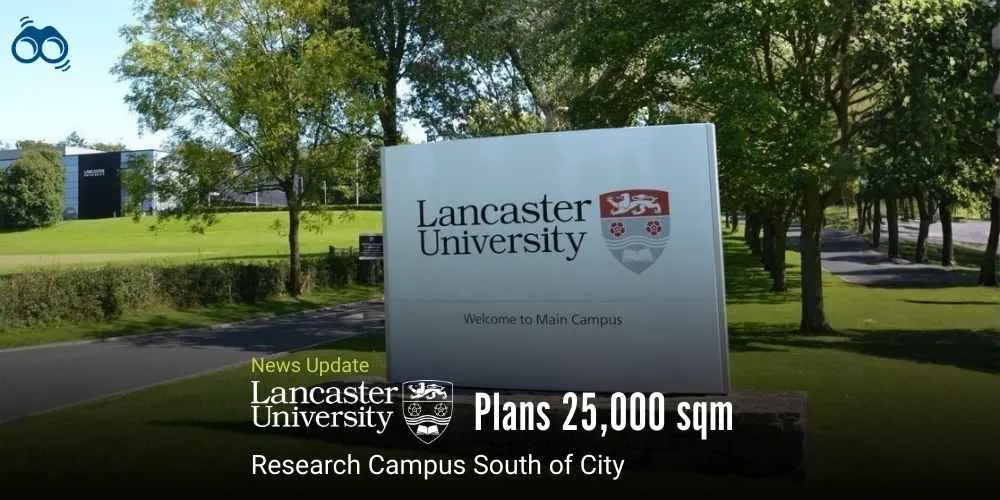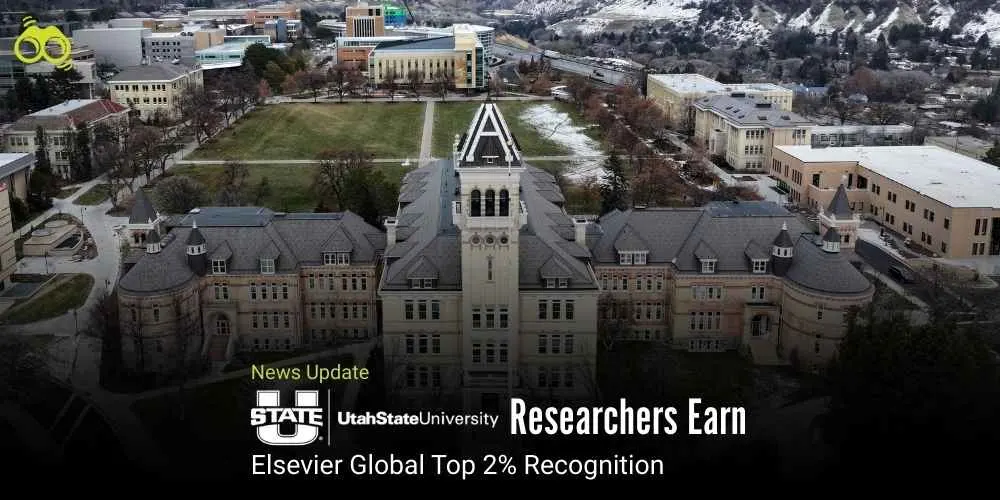Gold Card Initiative to Replace EB-5 Visa Program, Offering New Opportunities for Wealthy Foreigners
Trump's Gold Card Policy Targets Indian Graduates from Prestigious U.S. Universities
In a bold move to reshape the landscape of U.S. immigration, President Donald Trump has unveiled a new initiative known as the "gold card." Announced on February 26, this groundbreaking program aims to allow American companies to hire Indian graduates from prestigious U.S. universities such as Harvard and Stanford. The initiative offers wealthy foreigners the opportunity to live and work in the United States, with a pathway to citizenship, in exchange for a substantial $5 million fee. This ambitious plan is set to significantly impact the U.S. immigration system and the global talent pool, particularly benefiting top-tier Indian graduates.
Trump emphasized that the gold card would provide the same privileges as a green card, with the added benefit of offering a route to citizenship. He stated that this initiative would attract affluent individuals to the U.S., addressing the current immigration system's shortcomings that hinder top international talent from staying and working there. He highlighted that many graduates from esteemed institutions often have job offers rescinded due to uncertainties about their ability to remain in the U.S., leading them to return to their home countries and achieve significant success there.
Additionally, Trump noted that companies could purchase a gold card to recruit international talent. He added that the revenue generated from the sale of these cards would also contribute to reducing national debt. The sale of the cards is expected to begin in about two weeks, and Trump suggested that millions of such cards could be sold.
The gold card initiative will replace the EB-5 immigrant investor visa program. This program allows foreign investors to invest in U.S. projects that create jobs in exchange for the opportunity to apply for a visa to immigrate to the U.S. The EB-5 program, created by Congress in 1992, requires a minimum investment of $1,050,000, or $800,000 in economically distressed areas, to qualify for a green card.
The gold card initiative aims to attract top international talent and generate significant revenue, potentially transforming the U.S. immigration system.
Editor's Note:
President Donald Trump's "gold card" initiative marks a major change in U.S. immigration policy, with significant effects on Indian talent and the economy. While it offers Indian graduates an attractive opportunity, it also raises concerns about its impact on India and the U.S. government's reasons for introducing it. For Indian graduates, the gold card policy offers a chance to live and work in the U.S., access high-paying jobs, and connect with a global professional network. However, the focus on wealthy individuals may make it difficult for many to benefit, raising questions about fairness and accessibility. From India's point of view, this policy could lead to a "brain drain," with the brightest minds leaving for the U.S. for better opportunities. This could make it harder for India to retain skilled professionals needed to drive progress in key sectors like technology, healthcare, and education. The U.S. government introduced the gold card to fix issues with its immigration system, which has made it difficult for top international talent to stay. The $5 million fee for the gold card is expected to generate significant revenue to help reduce the national debt. This initiative highlights the complex relationship between immigration, economics, and global talent competition.
According to Skoobuzz, as this policy develops, it will be important to monitor its effects on Indian talent and the Indian economy. This will ensure that Indian talent is not lost to the U.S. and that the country can continue to nurture its skilled professionals for national growth and progress.














0 Comments (Please Login To Continue)